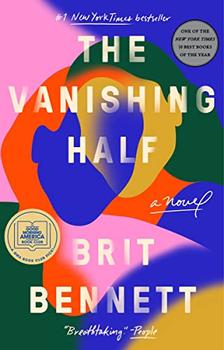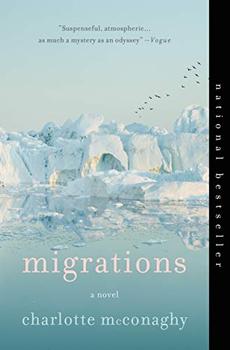Summary | Excerpt | Reviews | Beyond the book | Read-Alikes | Genres & Themes | Author Bio

A Novel
by Helen CullenThe Dazzling Truth by Helen Cullen explores love, family, mental illness and the intricate ways each can weave into the other over a lifetime. Set predominately on a small island off the west coast of Ireland and unfolding over a timespan of almost four decades, the novel introduces readers to the Moone family: Maeve and Murtagh, along with their four children.
The love that introverted Murtagh has for free-spirited Maeve affords him the strength to endure her often unpredictable moods, but also allows him to remain somewhat blind to the realities of her mental condition and the effect it has on their children. The resulting tragedy forms the center of Cullen's story about loving through struggle and piecing back together lives interrupted by grief.
Cullen makes the decision to begin the novel in the present with this tragedy that seems like it should be an ending, followed by flashbacks of events leading up to it. This decision eliminates the danger of her story falling gradually into trope or predictability, enabling the focus to remain on the development of the characters' personalities. Without the burden of wondering how the story will end, the reader is able to reflect on both the subtle and obvious progressions of mental illness and on the various ways people choose to protect themselves from the pain of watching a loved one struggle.
After the start of the story, readers are quickly taken back in time to witness the beginnings of a romance between two young, optimistic lovers. As a college student, Maeve has dreams of being an actress. With her flair for the dramatic, unique style, affable personality and magical singing voice, she seems destined to succeed. Murtagh, a potter with great talent and soft, unassuming ways, at first notices the shoes ("tomato-red suede platforms tied with white ribbons for laces") of a woman on the Trinity College, Dublin campus, and determines to meet her. From that moment, it doesn't take long for him to fall deeply in love with Maeve and she with him.
As their relationship grows, their commitment to each other solidifies. When Murtagh receives an offer to move to a small Irish island to pursue the life of an artist under the tutelage of a renowned ceramist, he knows it is a once-in-a-lifetime opportunity. Maeve, who has struggled with bouts of severe depression, anxiety and disordered eating for most of her young life, is thrilled at her beloved's good fortune. She encourages Murtagh to take the job, despite her fears of slipping back into old behavior patterns and her knowledge that island life is far from conducive to a flourishing theater career.
Newly married, the couple heads off to Inis Óg, and Maeve holds out hope that she will continue her acting career by traveling back and forth from the mainland, once they have settled into their new lives. However, parenthood comes sooner than planned, and Maeve finds herself having four children in close succession. She fills her days with caretaking, of both her children and Murtagh's pottery shop, and tries desperately to stave off her increasingly relentless and consuming inner pain.
The island setting is not only a lovely and fitting backdrop to the story but also a smooth literary device. Inis Óg serves as an extended metaphor for the isolation of mental illness and the island Maeve becomes in her battle against depression. Likewise, the difficulty and time often involved in reaching a small, sparsely populated island mirrors, in many ways, the difficulty and time involved in trying to reach a loved one struggling with depression.
Using prose that is at once graceful and unassuming, Cullen describes physical landscapes as poetically as she does the internal landscapes of her characters. Readers will find themselves falling in love with the Irish seaside, the moody skies and the stony pathways alongside the beautiful but tragic lives of Maeve, Murtagh and their four very different children.
Through the Moone family, Cullen courageously and gently explores mental illness, the challenges of marriage and the devoted love of a mother. By weaving threads of joy and heartache together with tenderness and tragedy, the author creates a story that (as its title aptly suggests) reveals in its ultimately hopeful ending a truly dazzling truth.
![]() This review
first ran in the October 7, 2020
issue of BookBrowse Recommends.
This review
first ran in the October 7, 2020
issue of BookBrowse Recommends.

If you liked The Dazzling Truth, try these:

by Brit Bennett
Published 2022
From the New York Times-bestselling author of The Mothers, a stunning new novel about twin sisters, inseparable as children, who ultimately choose to live in two very different worlds, one black and one white.

by Charlotte McConaghy
Published 2021
For readers of Flight Behavior and Station Eleven, a novel set on the brink of catastrophe, as a young woman chases the world's last birds―and her own final chance for redemption.
Your guide toexceptional books
BookBrowse seeks out and recommends the best in contemporary fiction and nonfiction—books that not only engage and entertain but also deepen our understanding of ourselves and the world around us.